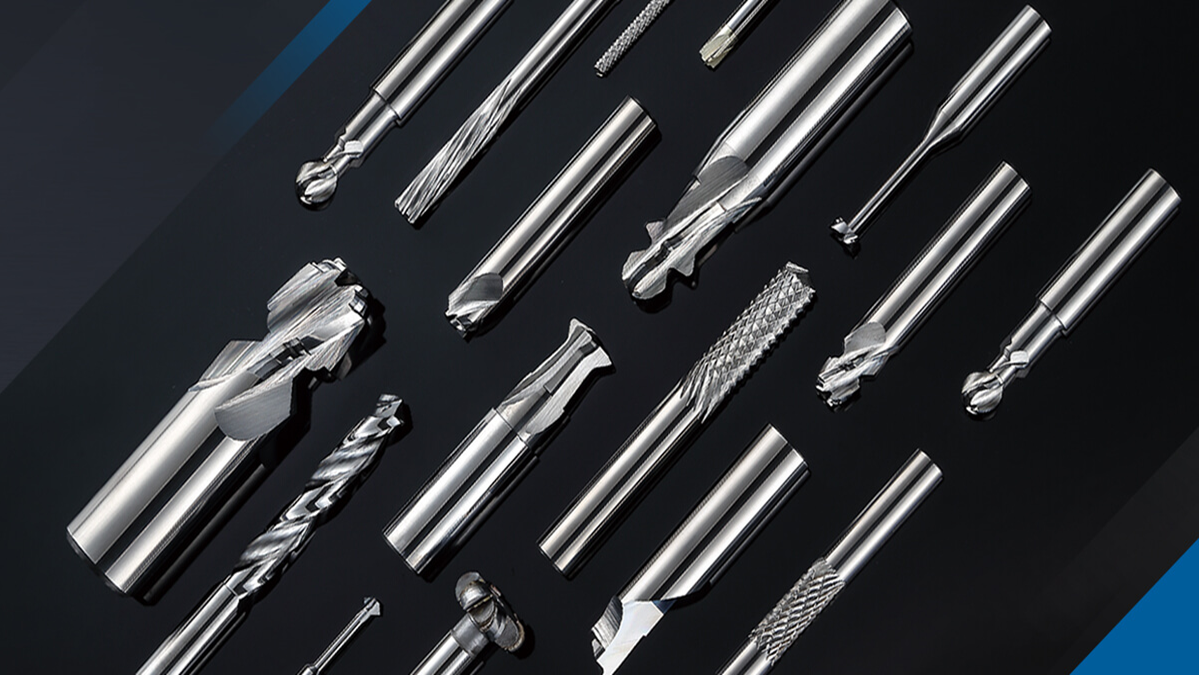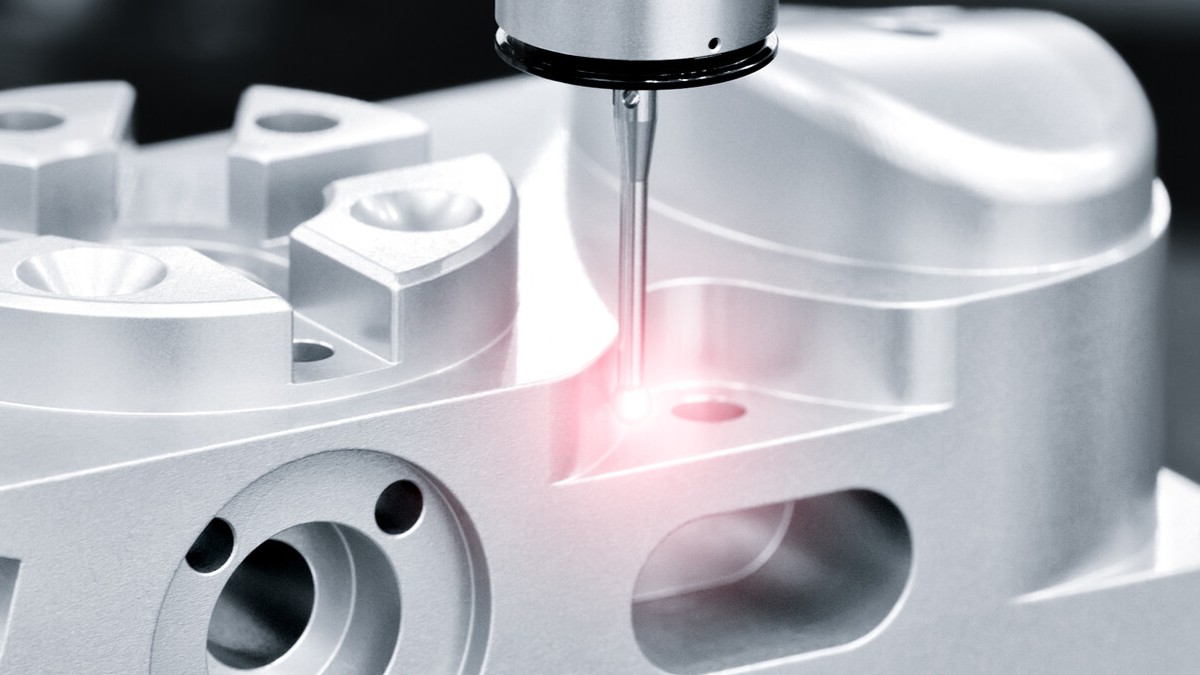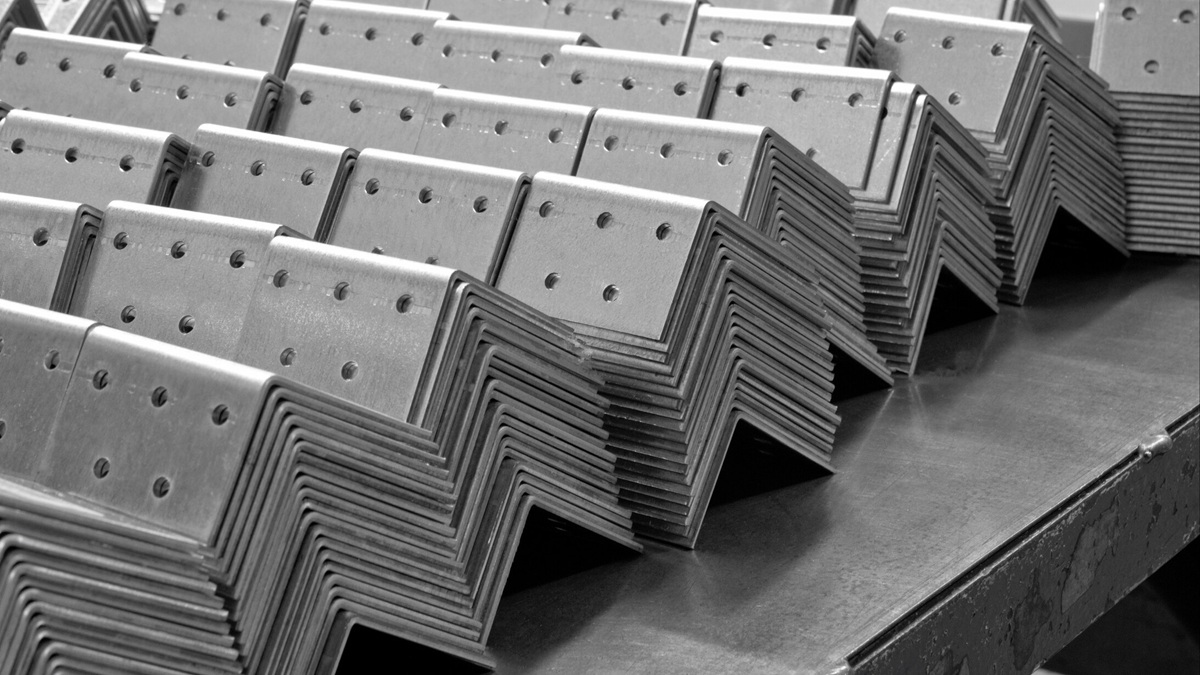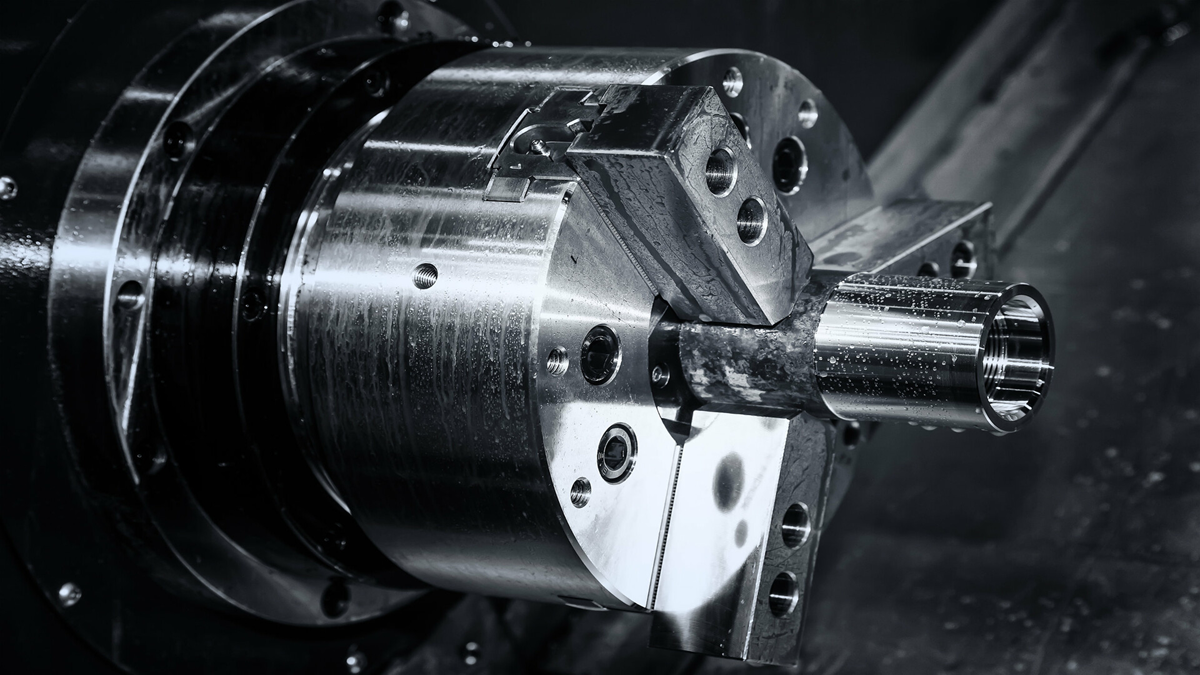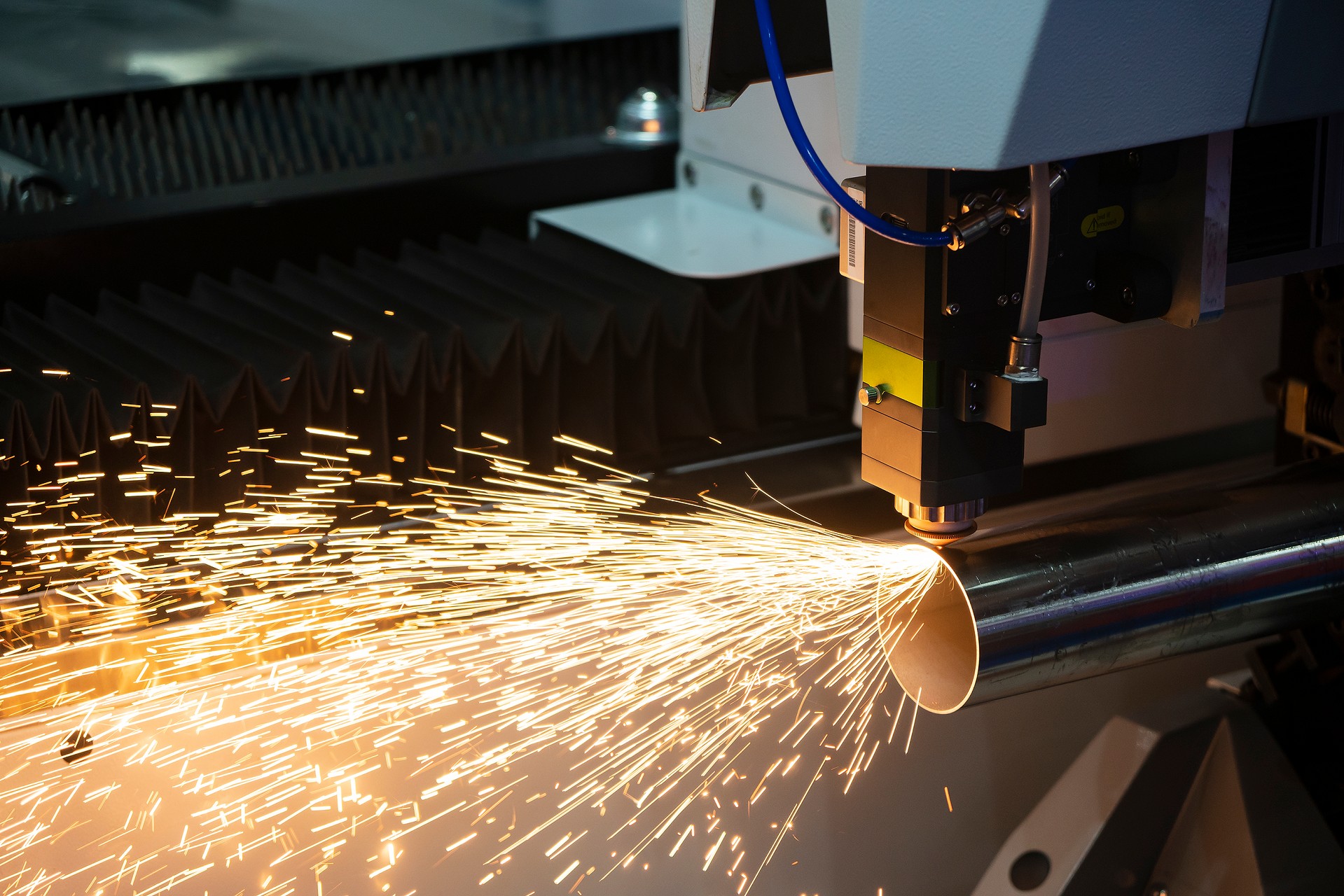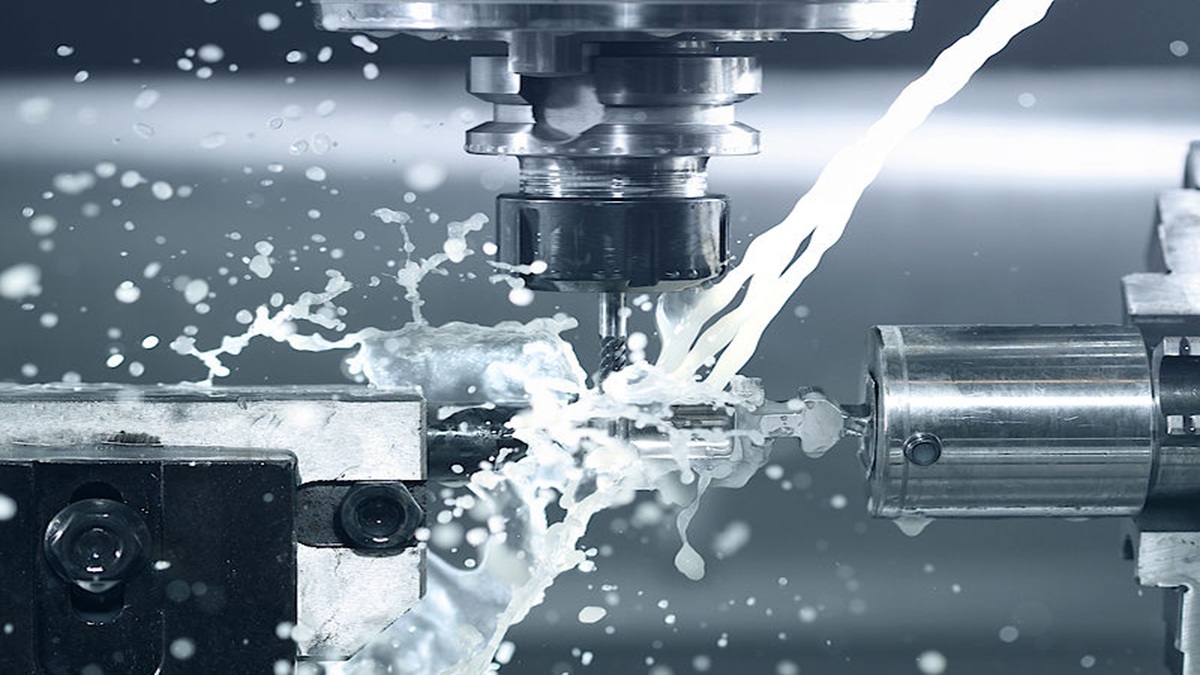Toner cartridges play a crucial role in both the performance and cost-effectiveness of printing. Among the available options, compatible toner cartridges—third-party products made to function with branded printers—have become a widely used alternative to Original Equipment Manufacturer (OEM) cartridges. This report examines the advantages and disadvantages of compatible cartridges, considering factors such as cost, environmental impact, print quality, and potential risks. By drawing on diverse sources, it provides a balanced evaluation of their suitability for personal and business use.
Toner cartridges are a key factor in the performance and cost-efficiency of printing. Among the choices available, compatible toner cartridges—non-OEM products designed to work with branded printers—have gained traction as a popular alternative to Original Equipment Manufacturer (OEM) cartridges. This analysis explores the benefits and drawbacks of compatible cartridges, including cost, environmental considerations, print performance, and associated risks. Drawing from a range of sources, this report aims to offer a well-rounded assessment of their suitability for both individuals and businesses.
Cost Savings
Compatible toner cartridges are most noted for their lower price point. Typically priced 30–70% less than OEM equivalents, they are especially attractive to users with high print volumes, enabling substantial savings over time. For budget-conscious consumers, the upfront cost advantage is clear.
That said, cost-effectiveness should be viewed through the lens of cost per page. OEM cartridges, while more expensive initially, often deliver a higher page yield, potentially making them more economical over the long term. Compatible options may need more frequent replacement, which could diminish their overall savings.
Environmental Benefits
The ecological footprint of printing supplies is increasingly important. Compatible toner cartridges are frequently made with recycled materials, reducing waste and lowering the environmental impact of manufacturing. In contrast, OEM cartridges—typically made from new materials—contribute more to plastic pollution.
Remanufactured cartridges, a type of compatible cartridge that reuses spent OEM cartridges, offer an even greener solution by minimizing material usage. For environmentally aware users, compatible and remanufactured options represent a more sustainable alternative.
.png)
Referral Link
Print Quality and Reliability
When it comes to print output and reliability, performance can vary across compatible cartridge brands. Many deliver high-quality results, often comparable to OEM cartridges. However, inconsistencies do exist, and some users report variability in print sharpness or reliability.
OEM cartridges are more consistent, delivering superior output in terms of sharp text, vibrant color, and photo clarity. They also have a lower failure rate—approximately 3%, compared to 8% for compatible cartridges—and present less risk of defects like leaks or misalignments.
Potential Risks
Despite their advantages, compatible toner cartridges come with risks. Inferior versions may leak toner, leading to potential damage to the printer's internal components. Poor fit and construction can cause mechanical issues such as streaking, faded output, or color inaccuracies.
Another challenge is firmware updates. Some printer models, particularly from manufacturers like HP and Brother, may reject third-party cartridges via software updates, leading to error messages or non-recognition of the cartridge.
Warranty and Support
A common concern is whether using non-OEM cartridges voids a printer’s warranty. In most cases, it does not. For example, HP’s warranty terms clarify that using third-party or refilled cartridges does not invalidate the warranty or service agreement. However, if a malfunction is directly caused by a non-OEM cartridge, the resulting damage won’t be covered—placing the responsibility on the user.
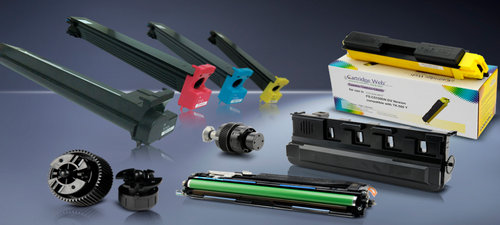
Referral Link
Final Thoughts
Compatible toner cartridges present a practical, cost-effective, and eco-friendly alternative to OEM options. They are capable of delivering solid print quality and can lead to significant savings, especially for high-volume users. Nonetheless, their performance and reliability are not always consistent, and issues such as leakage or firmware incompatibility remain important considerations.
For users focused on reducing costs and environmental impact, compatible cartridges are a strong contender - especially when sourced from reputable brands. However, for environments where print precision and printer reliability are critical - such as client-facing businesses - OEM cartridges may justify their premium price.
In the end, selecting a toner cartridge should be based on a balanced evaluation of price, quality, sustainability, and risk. By choosing trustworthy manufacturers and understanding their printer’s requirements, consumers can make choices that best align with their goals and printing demands.



.png)


.png)
